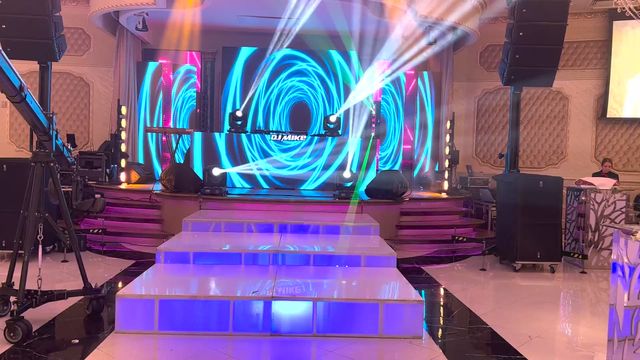Overcoming Obstacles in the Art of Video Image Mapping Implementation
Wiki Article
Visual projection mapping is an exciting technology that transforms common areas into dynamic displays. This method enables artists and designers to cast images and videos onto objects like buildings, statues, or stages, creating an engaging aesthetic encounter. However, despite its potential, implementing video projection mapping effectively comes with several obstacles. Understanding and addressing these obstacles is essential for anyone looking to create impactful projection art.
One of the main difficulties in video projection mapping is ensuring that the displayed graphic aligns perfectly with the surface. This process, known as "mapping," demands precise measurements and figures. If the projection is not matched correctly, the visuals can look distorted or misplaced. To tackle this issue, artists often use dedicated software that helps in mapping the graphics to the object's dimensions. Moreover, conducting comprehensive tests before the ultimate projection can help identify any discrepancies and allow for modifications to be made.

Another major obstacle is the varying luminosity and color of the displayed images. Different materials respond differently to illumination, which can affect how the shades appear once cast. For instance, a light-colored surface will reflect brightness variously than a dark one. To tackle this, creators must consider you could look here the material properties before choosing the hues and light levels for their projections. Testing the display on the actual surface during the preparation phase can provide valuable insights into how the ultimate presentation will appear.
Technological issues can also create a challenge in video projection mapping. Issues such as hardware failure, software glitches, or connectivity problems can disrupt the entire production. To minimize these threats, it is essential to conduct comprehensive equipment inspections and have backup plans in position. This can include having extra cables, projectors, and even alternative software choices ready to go. Being prepared for technological difficulties can ensure a more seamless implementation of the projection.
Finally, viewers' engagement is an essential aspect of video projection mapping. While the graphics are key, how the viewers interact with the display can make a significant difference. Creators must consider about how to create their displays to captivate viewers’ attention and promote interaction. This can involve adding motion graphics for projection mapping elements that invite participation or create a narrative that resonates with the viewers. Gathering feedback from test audiences can also help refine the presentation to enhance engagement.
In summary, overcoming obstacles in video projection mapping requires careful preparation and innovation. By addressing the challenges of alignment, brightness, technical issues, and viewer engagement, artists can create stunning and effective projections. With the right strategies in place, video projection mapping can transform common areas into remarkable encounters, captivating viewers and creating a memorable impression.